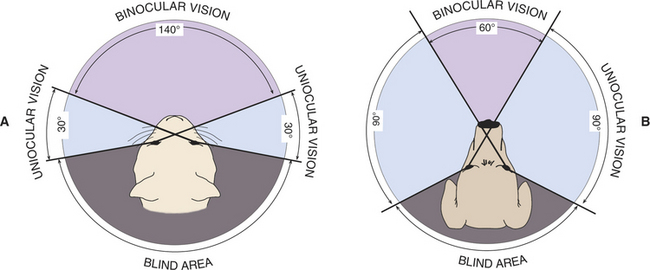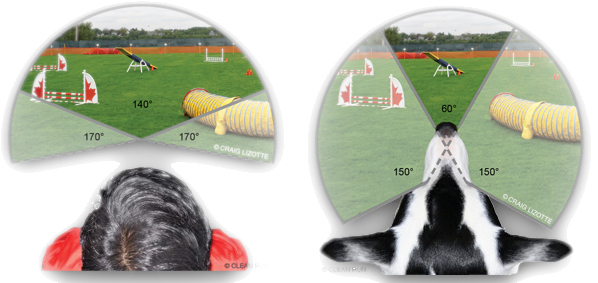Cats have a peripheral vision of 285 degrees

Cats Have a Peripheral Vision of 285 Degrees

Cat vision is a fascinating subject, with many unique qualities that set them apart from humans and other animals. One of these remarkable traits is their exceptional peripheral vision, allowing cats to see a wider range of their surroundings. Unlike humans, who have a peripheral vision of approximately 180 degrees, cats enjoy an impressive peripheral vision of about 285 degrees.

The validity of this fact can be better understood when we delve into the anatomy and physiology of a cat’s eyes. Cats have eyes that are positioned on the front of their heads, providing binocular vision which allows them to accurately judge distances and pounce on prey. However, their unique eye structure enables them to simultaneously utilize their peripheral vision effectively.
The retina, located at the back of the eye, consists of two main types of light-detecting cells: rods and cones. While cones are responsible for color vision and detailed perception, rods are specialized for low-light conditions and wide-angle vision. Cats have a higher number of rods in their retinas compared to humans, which contributes to their superior peripheral vision.
To visualize how a cat’s peripheral vision works, imagine an imaginary circle around the cat’s eye. The central area of this circle, roughly 100 degrees, is the zone where a cat’s binocular vision operates. It provides sharper, more detailed images with depth perception. The remaining 185 degrees, known as the peripheral zone, allows cats to see movement and objects in their surroundings.
This extensive peripheral vision has distinct advantages for cats in both the wild and domestic settings. In the wild, cats are solitary predators, relying on their vision to locate potential prey efficiently. Their peripheral vision enables them to maintain awareness of their surroundings, providing a heightened perception of movement and potential threats. This acute sense also helps them perceive predators creeping up on them, enhancing their chances of escape.
For indoor cats, the extended peripheral vision is beneficial in navigating through surroundings without colliding with objects. From knocking a glass off the table to slipping through tight spaces, cats often amaze us with their agile movement and ability to squeeze through narrow gaps. Their exceptional peripheral vision aids them in calculating distances and avoiding obstacles, demonstrating their remarkable spatial awareness.
It’s important to note that while cats possess exceptional peripheral vision, their sharpness and clarity in this zone may not be as precise as their central vision. This trade-off allows them to excel in detecting potential dangers from any direction, but they may rely more on their binocular vision for catching fast-moving objects or hunting prey with pinpoint accuracy.
To sum up, cats possess extraordinary peripheral vision extending to approximately 285 degrees, surpassing the human range of 180 degrees. Through their specialized eye structure and high rod cell density, cats can maintain a heightened awareness of their surroundings, making them adept hunters and agile explorers. Next time you observe a cat perched near a window, marvel at their impressive visual capabilities and appreciate their unique perspective on the world.
Source: Eye Care for Animals
Related Posts
Quick Links
Legal Stuff

